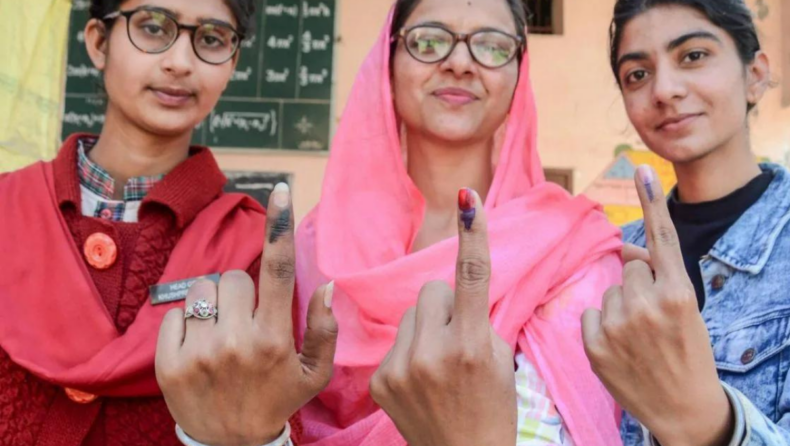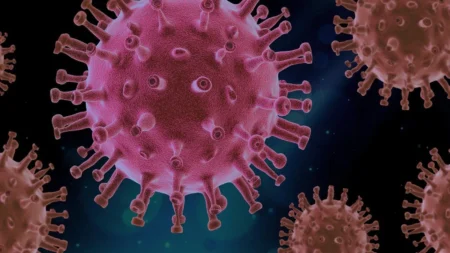This time, voting results in Punjab have turned out to be 4.3 percent higher than the preliminary figures given by the Election Commission on February 20th. After Sunday’s vote, the estimated turnout count was 65.32 percent. In contrast, the updated turnout percentage is 69.65%. Not only was it the weakest result since 2007, but the difference between the preliminary and final vote statistics is also unusual. Typically, the figures vary by 1%.
Punjab saw a lesser turnout than the past years, including Amritsar. Even Amritsar East, which had seen one of the most talked-about high-profile debates between the Congress’s Navjot Singh Sidhu and the Akali Dal’s Bikram Singh Majithia, saw a significantly lower turnout, 53%.
Amritsar received 57.74 percent of the vote, a little better than Mohali, 53.10 percent.
In Talwandi Sabo, where Baljinder Kaur is the current MLA, the results have dipped from 86 percent to 83.70 percent, a reduction of 2.3 percent. In Kotkapura, it has dropped 4%, while in Dirba, where Harpal Singh Cheema is running for the elections, the figure has fallen by 4.4%.
Sunam has a dropping figure of 5.4%, Barnala has a value of 6.6%, Budhlada has a figure of 6.2%, Mehal Kalan has 9.4%, and Jagraon has a figure of 9.8%.
To conclude the highest and lowest turnout, Gidderbaha in Muktsar district saw a voter turnout of 84.93%, while the lowest was 55.40% in Amritsar west.
For a decade now, the turnout in Punjab has been up to the mark.
The statistics were 65.14% in 2002, and the rising of the numbers occurred gradually, with 75.42% in 2007, 78.3% in 2012, and 77.36% in 2017.
The results also show that participation from the voters was meager in places where Arvind Kejriwal’s Aam Aadmi Party has seen to have a strong following.
The Malwa area, where the AAP gained the bulk of its 20 MLAs in 2017, experienced poor participation. Mansa, Barnala, Bathinda, Faridkot, Muktsar, and Sangrur districts had a lower turnout than in 2017. However, the only district with the highest polling rate was Gidderbaha, located in the Malwa area, at 77.80 percent.
The seats with current AAP MLAs have all seen a vote drop, spanning from 2.3% to more than 9%.
According to the traditional view, low voter participation indicates an established order, whereas greater participation indicates a change. However, both the trends have been challenged in Punjab.
This year seeing the trends, it’s visible that both AAP and Congress have proclaimed a surge in their support.
The massive increase in final turnout estimates looked like a pattern this year.
Data show a comparable increase in the four other states through assembly elections.
Goa too, saw a jump in the statistics, from 75.29 percent to 79.16 percent, a 4% increase. A surge was seen in Uttarakhand, with a rise from 59.37 to 64.29 percent.
Edited by- Subbuthai Padma
Published by- Radhika. N













